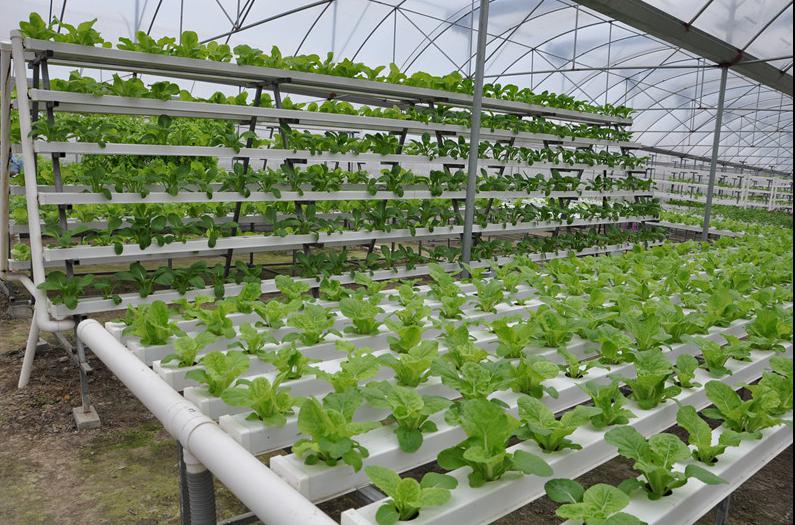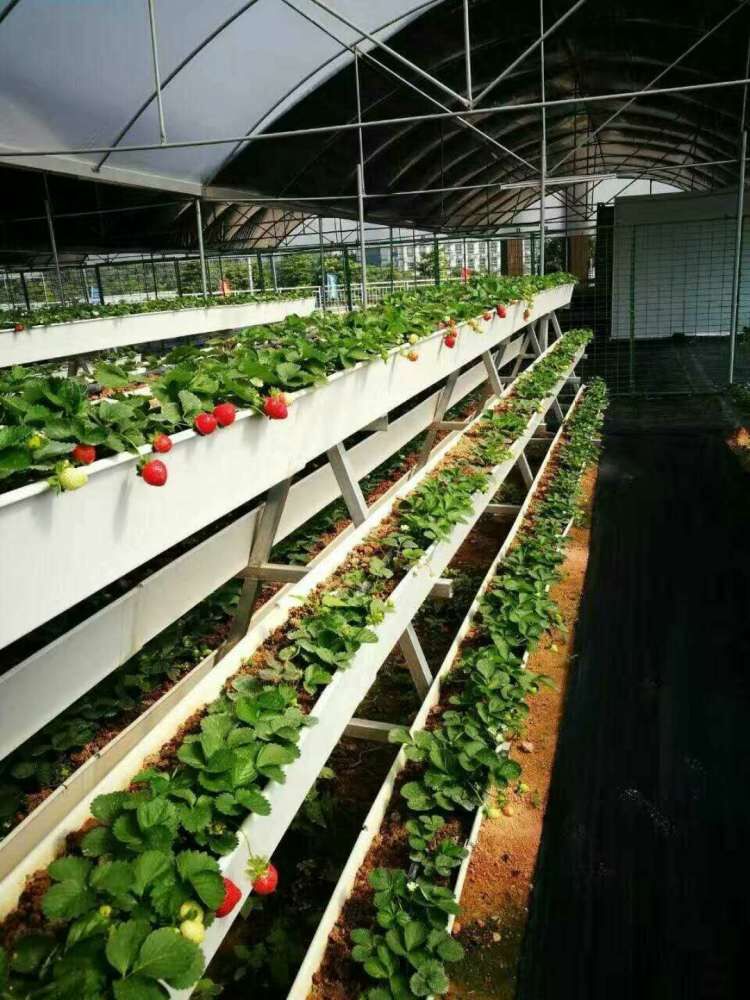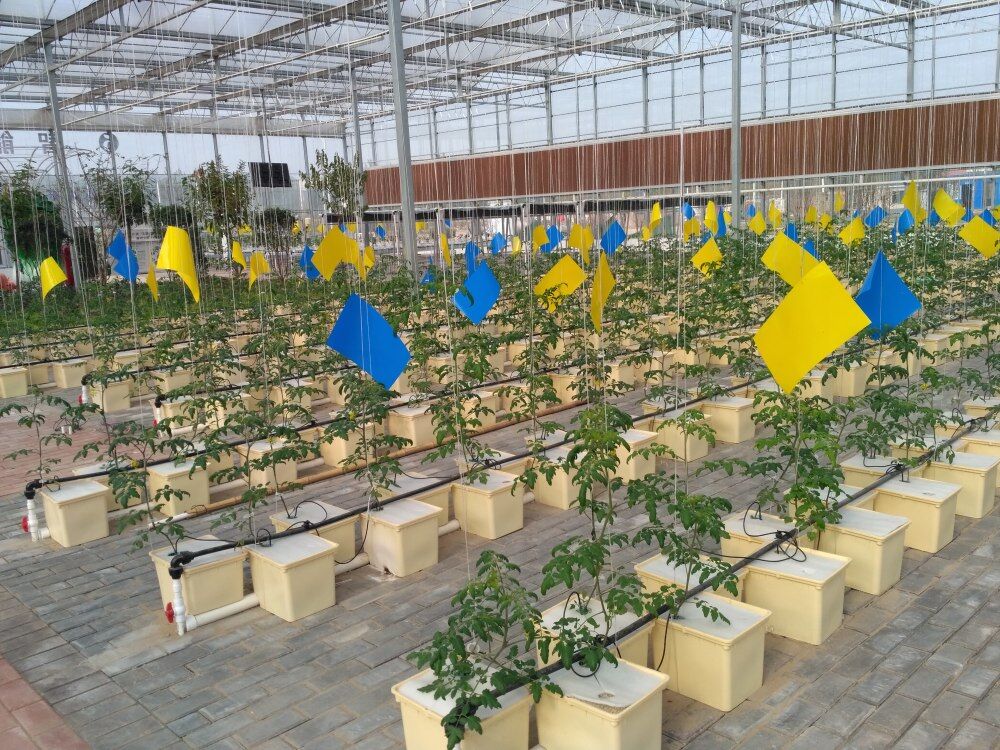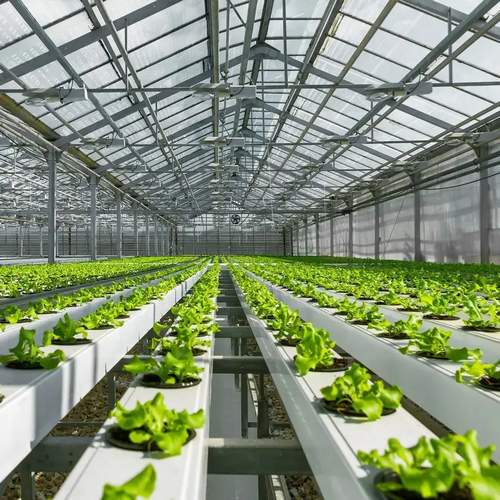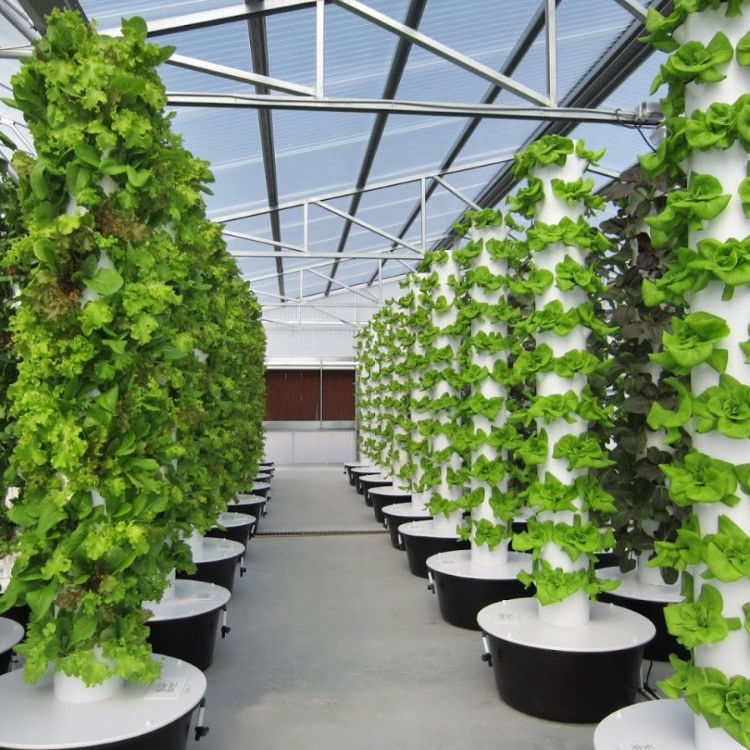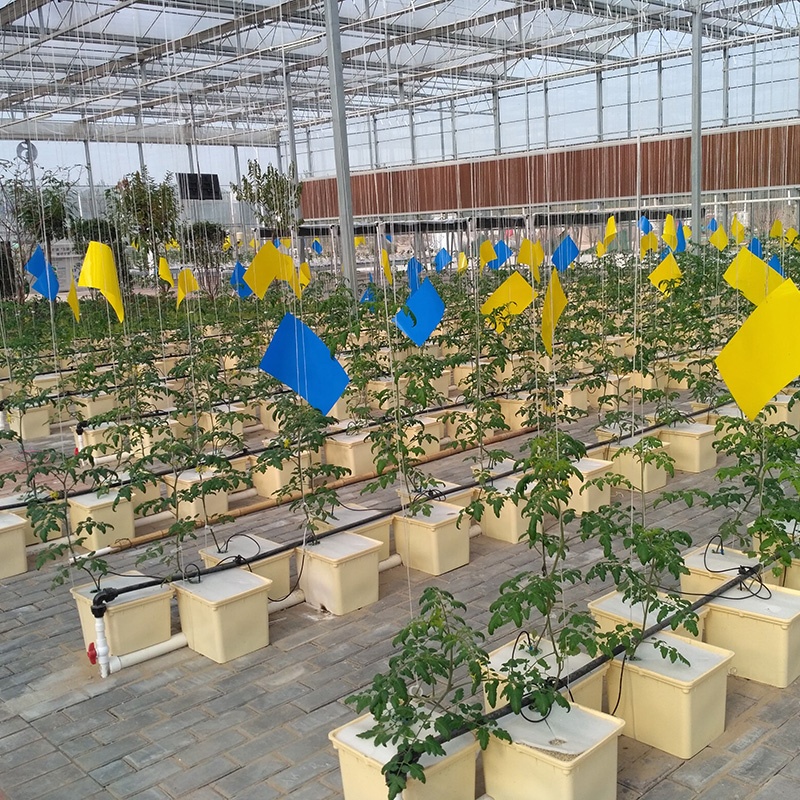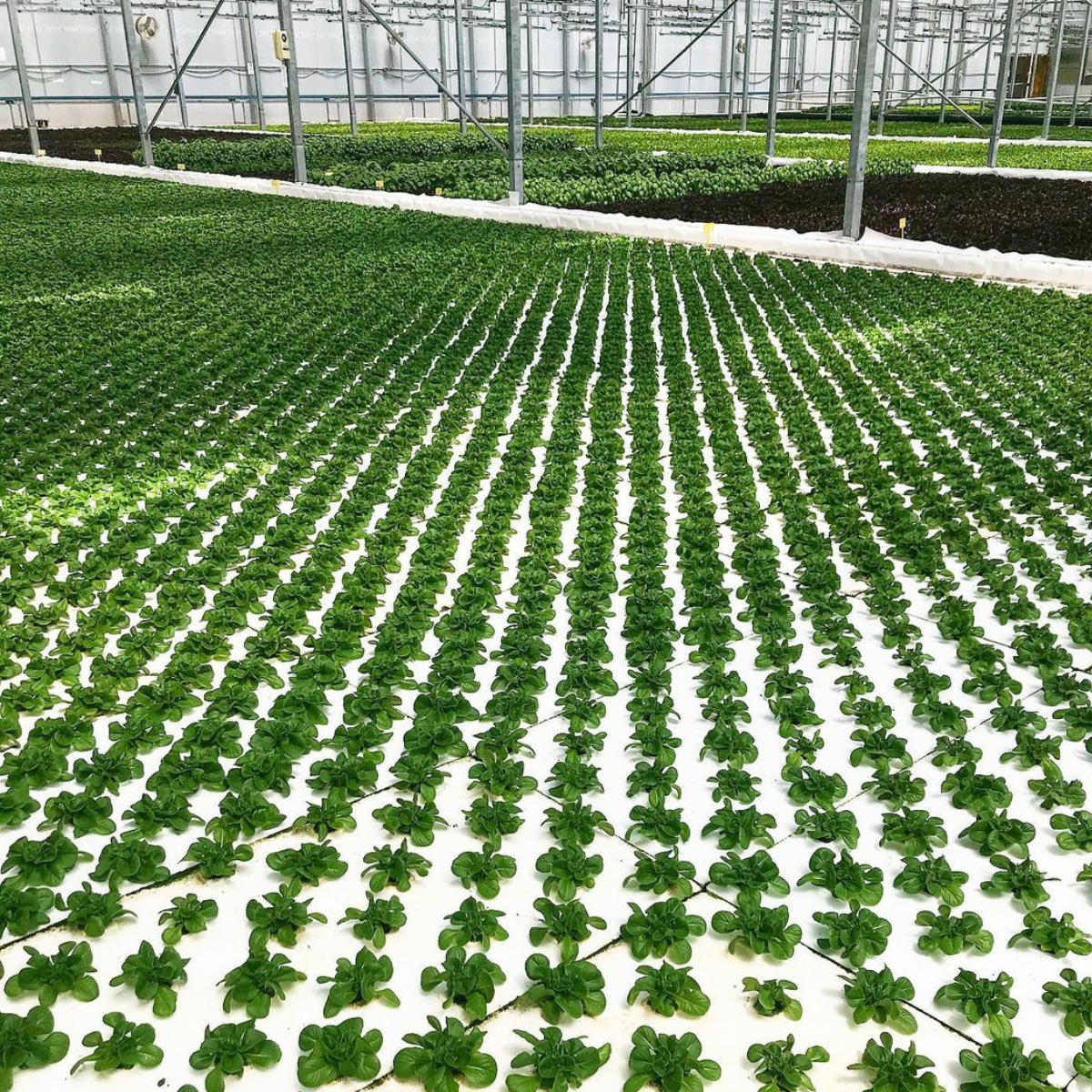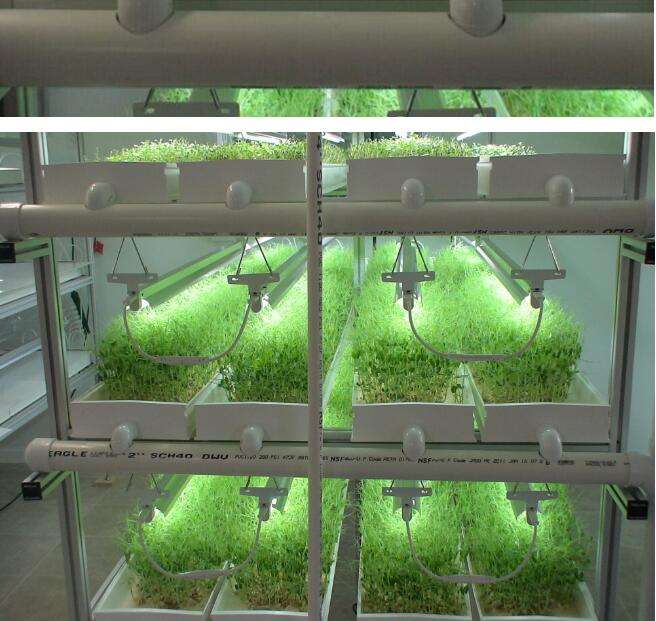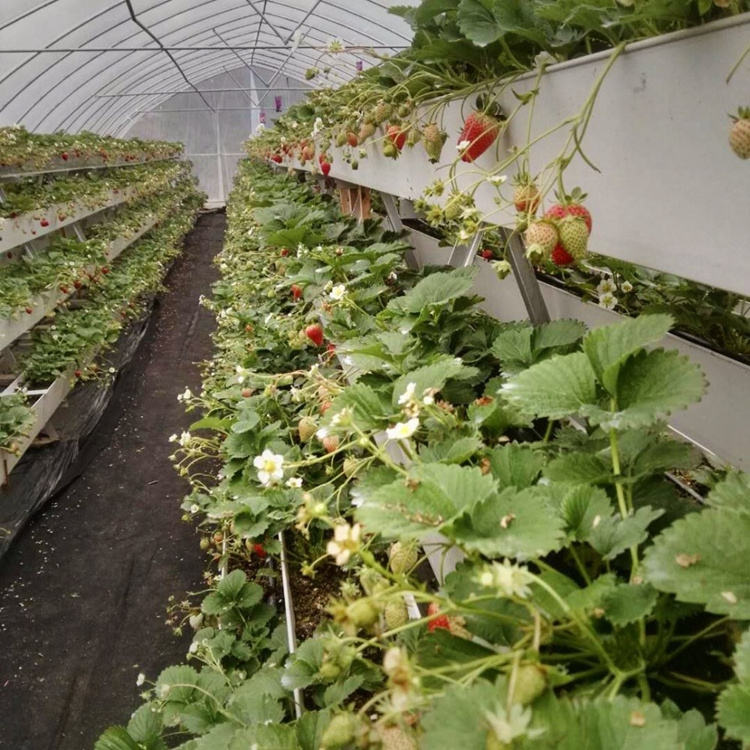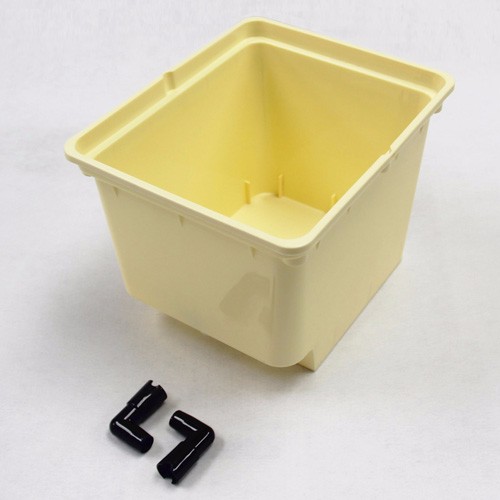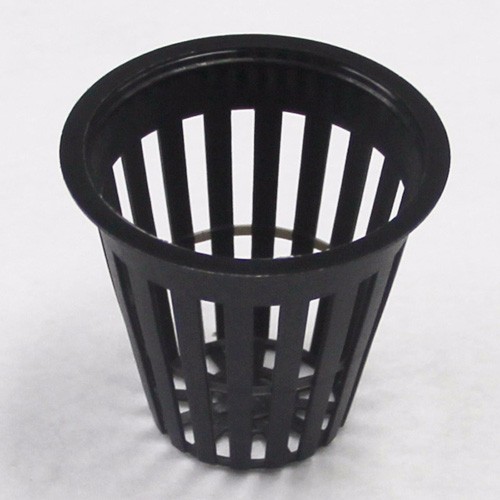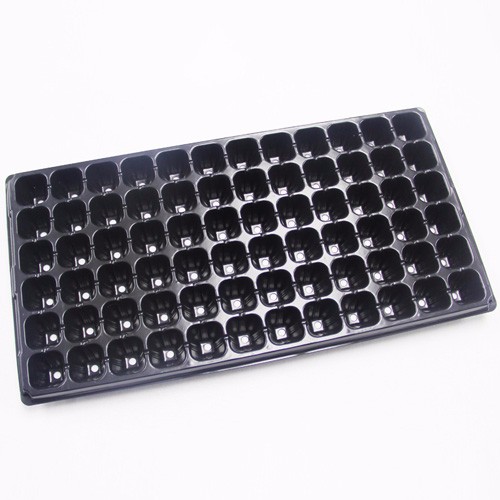Today let's introduce the advantages of soilless cultivation:
1. Effectively prevent soil continuous cropping obstacles and soil transmission diseases.
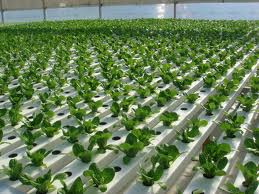
In the field planting management of vegetables, the rational rotation of land and the avoidance of perennial heavy stubble are one of the important measures to prevent the serious occurrence and spread of diseases. But in recent years arable land decrease year by year, vegetable production specialization and scale gradually, especially protect the facility cultivation area expanded year by year, make land reasonable crop rotation system is difficult to get further promotion and application. Soil continuous cropping, soil disease becomes more and more serious, although we can use disinfection solution to soil, but soil disinfection is not only the high cost, work, drugs, and the effect is not ideal. If the cultivation method without soil is adopted, it can effectively prevent the occurrence of soil transmission diseases because its cultivation environment is completely isolated from the soil. As long as seeds, culture media, equipment, nutrient solution and other serious disinfection, proper management, it’s generally not easy to infect diseases, can implement a high level of continuous production, greatly improve the utilization rate of land. It is because of the irreplaceable advantages of soilless cultivation methods in preventing the occurrence of soil-borne diseases that it is of great importance in the production of vegetables.
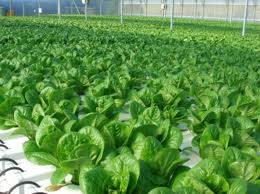
2. Improve crop yield and quality.
Soilless cultivation technology can be used to manipulate crop required temperature, light, moisture, nutrients and other environmental conditions, thus to produce good quality, clean sanitation, better economic benefit vegetables production, higher than conventional, As no-soil cultivation does not use organic fertilizers, it can avoid the contamination of products by the parasites of organic fertilizers in the soil. Therefore, pesticide is rarely applied, which solves the problem of pesticide residues in vegetable products to some extent.
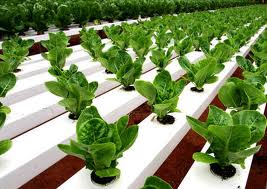
3. Save water, fertilizer and labor.
In the cultivation process, it can save a lot of labor by eliminating management links such as seedling planting and soil preparation, soil tillage, watering, medium tillage weeding, disease and insect control. Mechanized operation and automatic management can also be carried out in the no-soil cultivation places with a certain scale. Nutrient solution of soilless cultivation can be adjusted according to different crops in different growth period, nutrients go directly for crop absorption without going through the soil, parts which are not absorbed can be recycled after recycling, at the same time reduced the water waste caused by soil evaporation and loss. Therefore, we can save water and fertilizer.
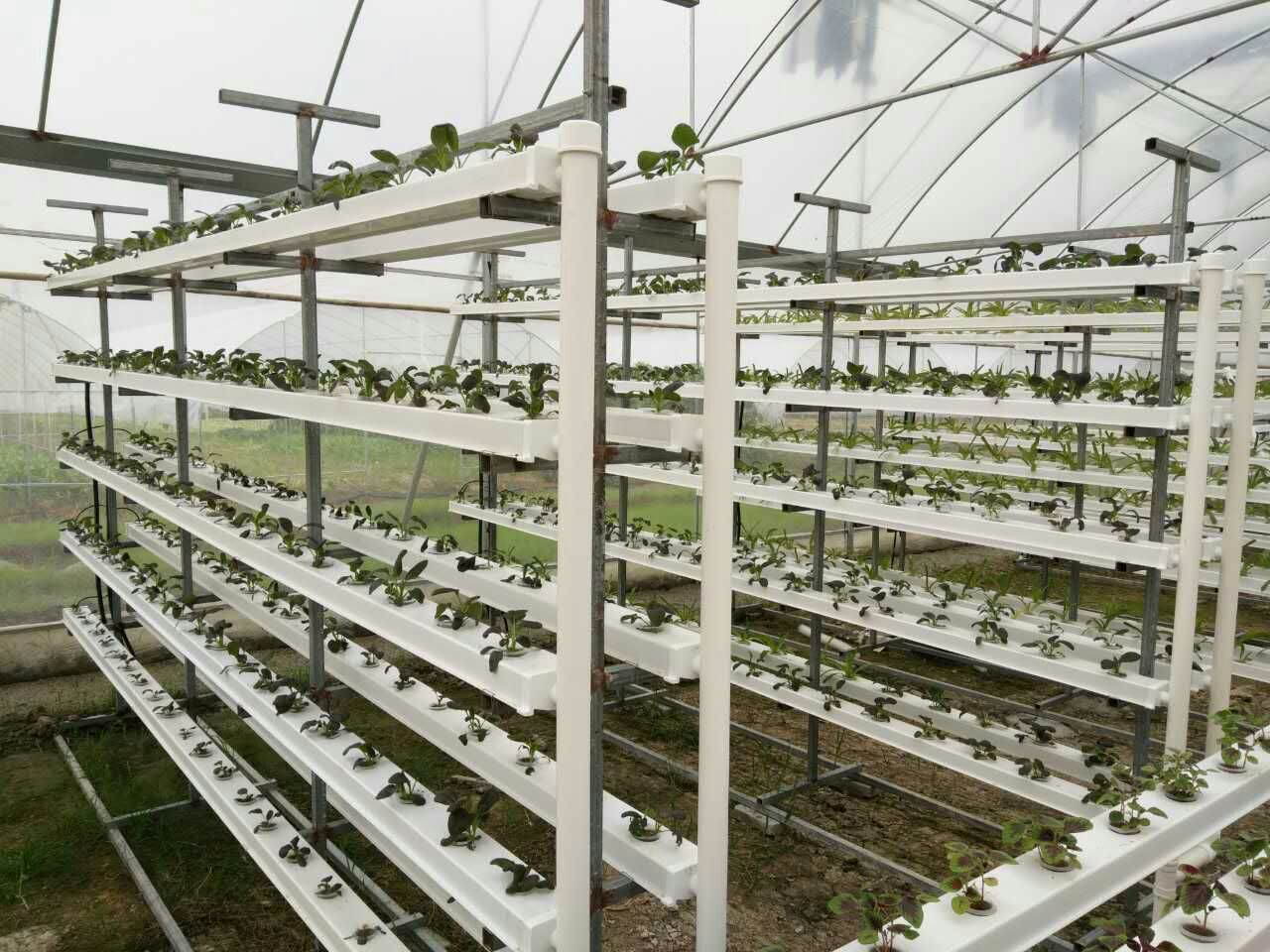
4. Free from natural conditions.
The location of no-soil cultivation is not limited by soil quality and water conservancy conditions, especially in desert, barren land, arid and other areas with poor conditions. It is an effective way to cultivate crops.
